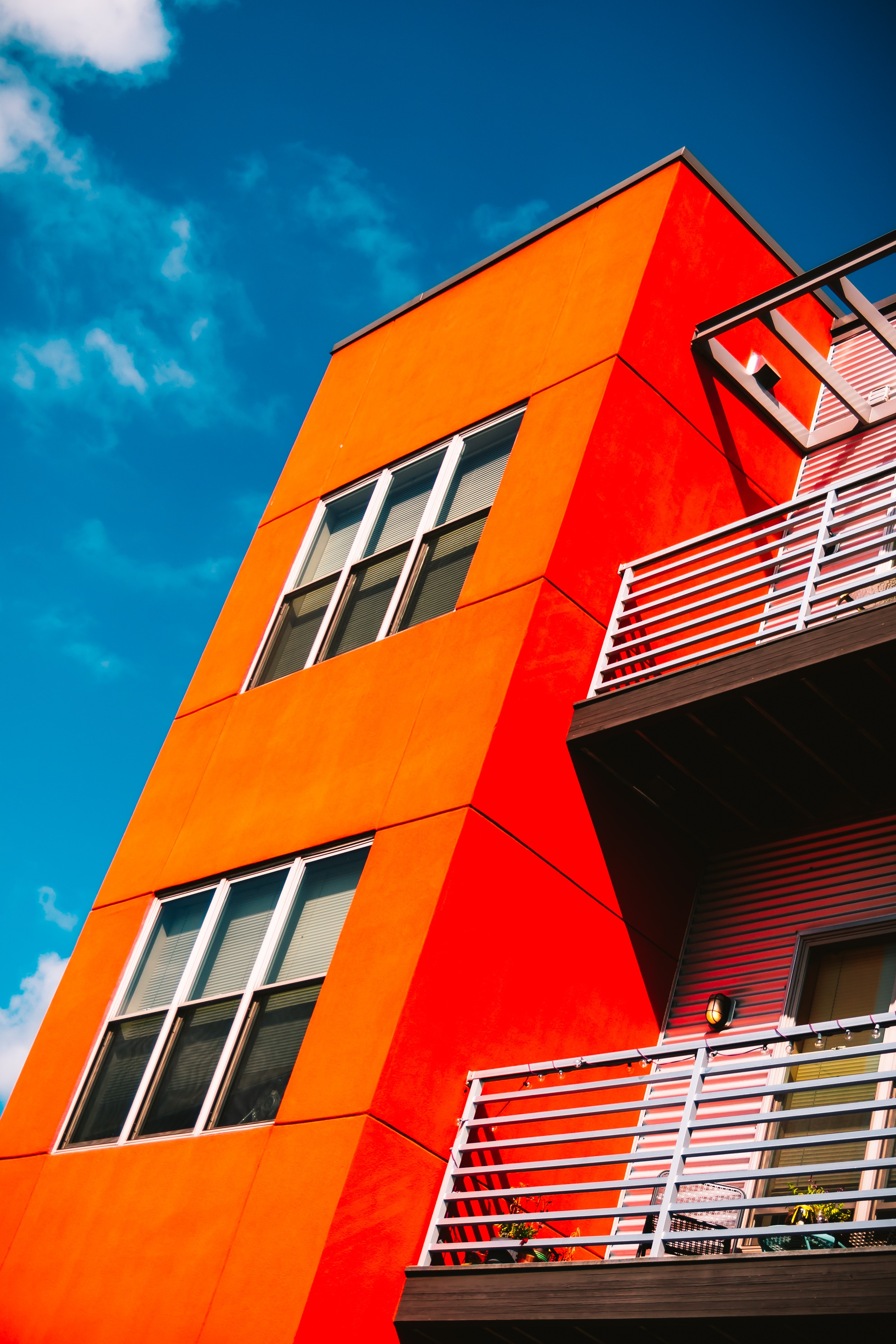We use cookies to maximize your online experience with us. By closing this window, you consent to our cookie policy. You can change your cookie settings in your browser any time. For more information, please see our Privacy Policy located on the footer of this site.
Top 8 Industry Trends for 2019
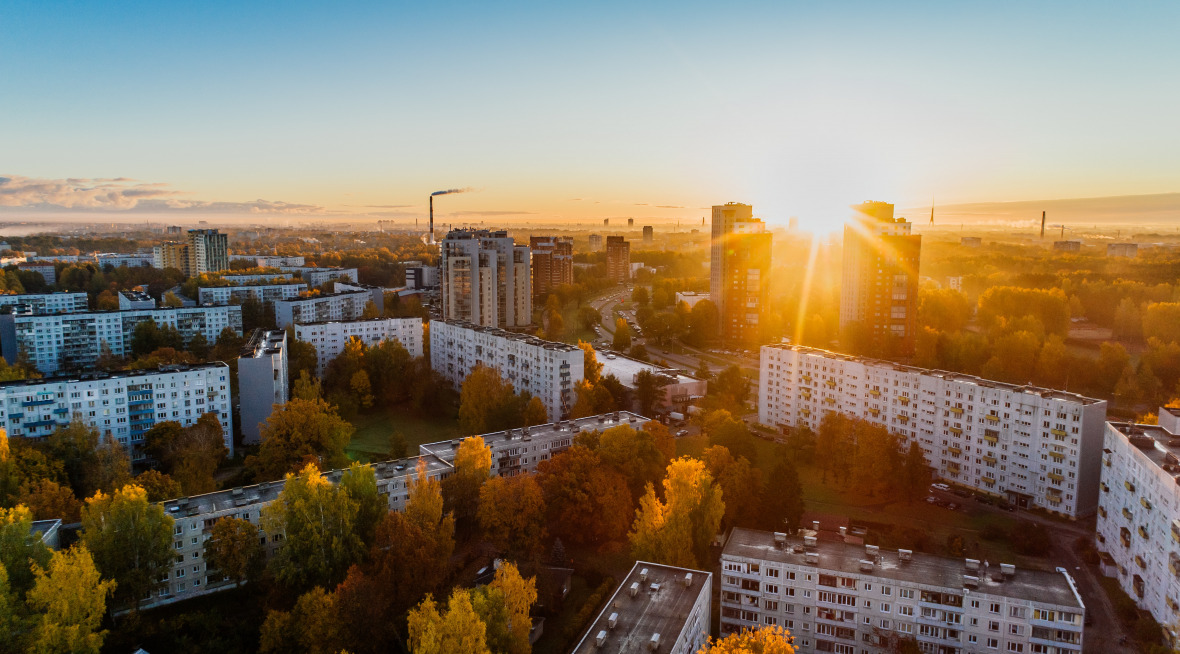
We are often asked by clients and industry colleagues for our perspective on the shifts we all see and feel in the marketplace. 2018 was a busy and exciting year for dancker and for the commercial interiors industry as a whole, and this momentum is carrying us into 2019 with great energy and optimism. While some shifts may feel more tumultuous than others, we firmly believe that change is good, and we’ll never stop seeking new ideas and innovations to lead the industry forward.
In our first blog post of 2019, we’ve summarized what we see as the eight biggest trends for the year ahead. We will dive deeper into these and other hot topics in the months that follow and hope you’ll join the conversation. Here’s to 2019!
1. Real Estate Optimization
For generations, organizations have been trying to do more with less, motivated to save money and physical space. This trend continues in 2019 with an important new focus: people. Real estate optimization is not just about maximizing workplace efficiency and effectiveness (which remains incredibly important). It’s about achieving that goal by prioritizing people – your organization’s most valuable asset – and how they use space. By shifting the conversation just slightly, we can maximize employees’ happiness, wellbeing, and productivity, and thus ensure that the space they occupy is a positive contributor to your organization’s bottom line now and over the long term. In recent weeks we’ve looked even more closely at this trend; read more here about creating a workplace that works.
2. Technology Tips the Scales
Another decades-old hot topic, technology remains a game-changer in 2019. Here’s why: it’s no longer an afterthought, playing second fiddle to other aspects of interior design. Technology is now topic #1 in client conversations. For starters, within dancker, we’re leveraging technology like virtual design tools to improve the design process and make it a live, interactive experience that clients can participate in more directly. And even more importantly, technology is now integrated so seamlessly into our clients’ workspaces that it, too, becomes a functional team member – simultaneously behind the scenes and at the forefront, empowering better human connections. This ensures a productive and engaging employee experience, and maximizes workplace effectiveness through collaboration, connectivity, and data analytics. Read more in last month’s blog post about technology’s starring role.
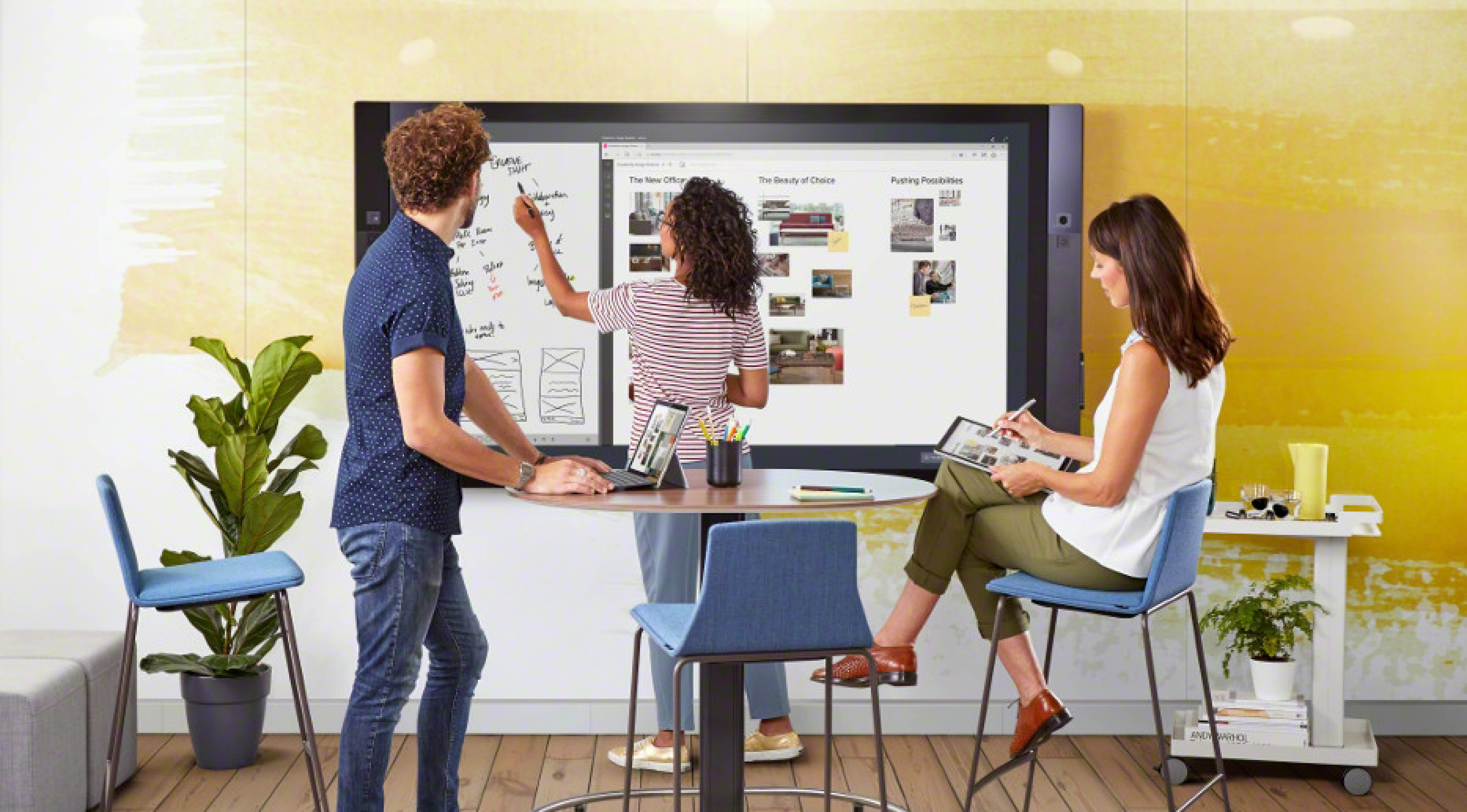
3. The Healthy Workplace
While workplace demographics are changing, and many organizations now employ members of five different generations, people of all ages are increasingly motivated to be more proactive about their personal health and wellness and seek employers who’ll support them in this mission. Through design strategies that focus on quality of light and air, connectivity (both within and outside the workplace), as well as flexibility and autonomy, employers can rapidly improve employee engagement. Stress goes down, happiness goes up. By demonstrating genuine care for employee wellbeing, the workplace becomes more productive, and recruitment and retention get a major boost. We’ve recently outlined ways that an organization’s health can be improved right along with that of its employees; read more here.
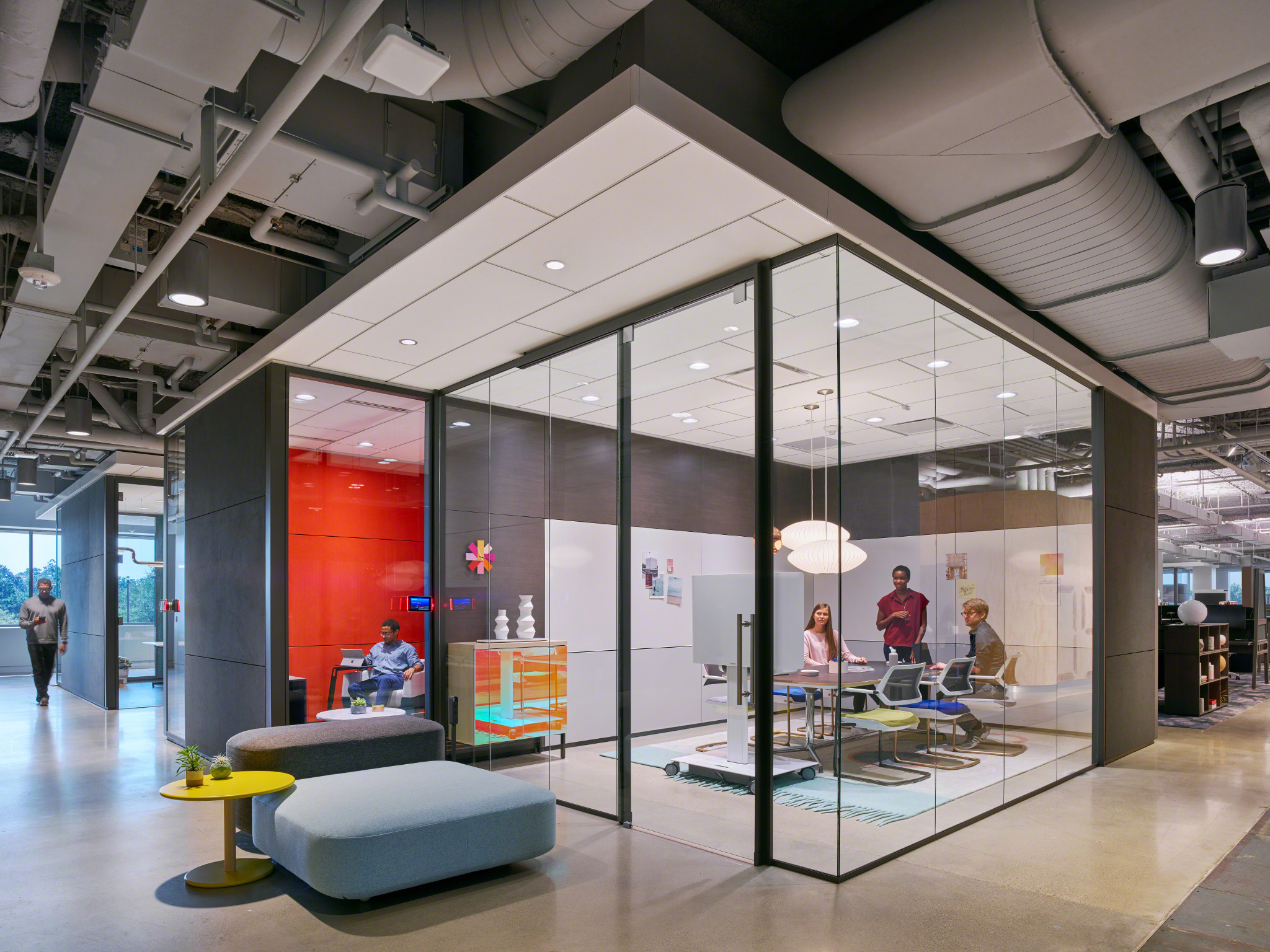
4. The Agile Workplace
Another determining factor in the health of your workplace is whether it’s poised to be productive for the long term. Business moves at a rapid pace, and the space an organization occupies must be able to keep up. Renovations are costly and disruptive, though, and can’t reasonably be employed every time a market shift requires a change in workflow. Modular construction and flexible furniture systems, on the other hand, allow an organization to adapt its space quickly and easily as its goals and/or operational needs evolve over time. Integrated technology empowers the organization even further to understand when and how its space is being used and provides tangible evidence to drive decisions. By designing architectural elements, technology, and furniture with flexibility and agility in mind, we ensure that the space can remain healthy and productive for the long term, not just for today.
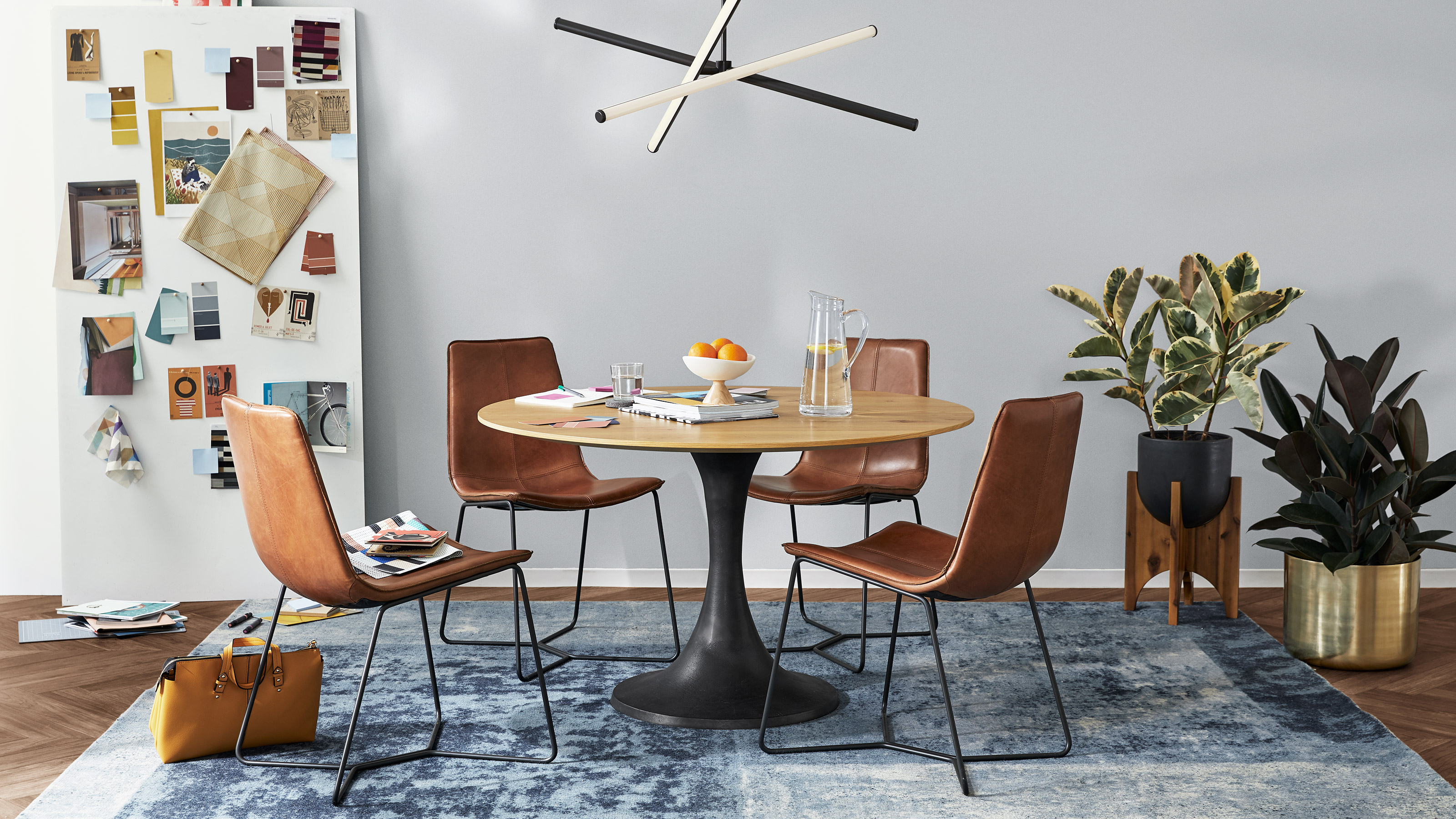 5. Resi-mercial Design Trends
5. Resi-mercial Design Trends
Adding another layer to workplace productivity and wellbeing, the “resimercial” design trend combines elements of home and hospitality in the workplace – literally combining residential with commercial, and creating places where people want to work. Years ago, we worked in offices. Then we dispersed to coffee shops and cafes before starting to plug in from home. And now we’ve come full circle, inspired to connect and collaborate in person again, and share space with the colleagues who motivate and inspire us. But we got pretty comfy in those cafes and at our kitchen tables, so a warmer and more welcoming residential aesthetic adds appeal to the commercial setting. It factors in employee autonomy, too, by offering a variety of work spaces and allowing team members to choose where and how they are most comfortable and productive for individual focus work or group tasks.
6. Expanded product lines and partnerships for 2019
As workplace aesthetics evolve, so too must the companies who create those spaces. Any project is now likely to involve a wider variety of furniture manufacturers due to the greater diversity of spaces in the workplace – whether it be a healthcare facility, a school, or a corporate office. Organizations need a mix of large meeting areas, collaboration spaces, small group huddle rooms, individual focus spaces, cafes and lounges, not to mention a mix of open and closed offices. To help streamline the process for clients as well as their design teams, many furniture manufacturers are expanding their product lines and entering into new and unique partnerships. Steelcase and West Elm, for example, recently joined forces to address the resimercial design trend and to provide furnishings that look and feel like home, but that withstand the wear and tear of an active 21st century workplace.
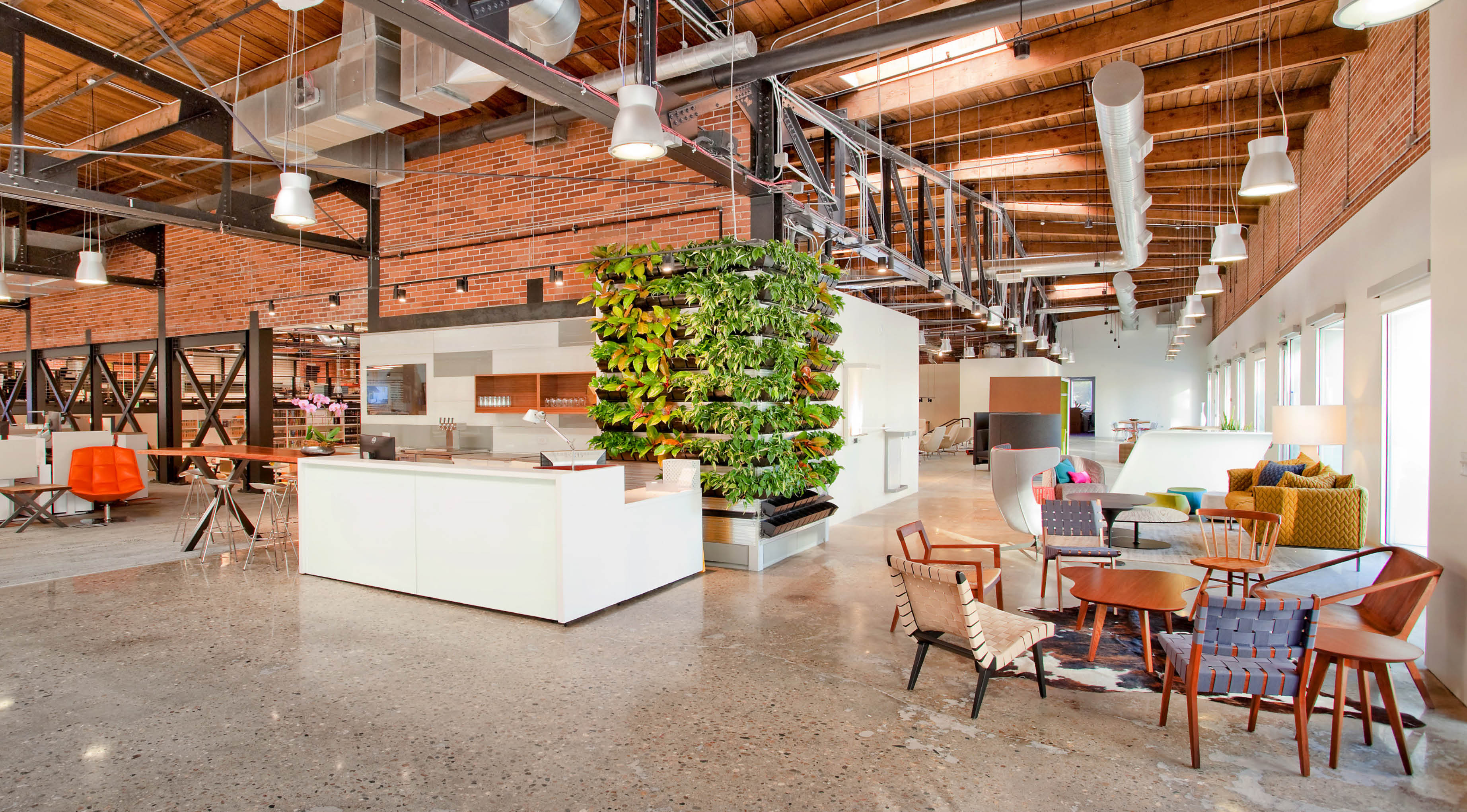
7. Industry Integration and Consolidation
Similar streamlining is happening throughout the commercial interiors industry. As design solutions become more varied and customized, clients want (and deserve) a simpler process than the one involving dozens of consultants and vendors. Architectural elements, for example, must be integrated with furniture and AV; to be successful, they can’t be managed separately anymore. Traditional furniture dealers are diversifying their portfolio of solutions as a result, and in many cases, dealers are merging to share and consolidate services, or to provide a more regional approach to client service. We’re proud to be an example of this trend ourselves, as we’ve integrated our own AV and IT teams to provide better service for our customers. We’ve also expanded our presence in the Washington DC and Baltimore area through acquisitions of USBI and Hyperspace, allowing us to be even more responsive to our clients’ needs throughout the mid-Atlantic region.
8. Logistics
All of these trends have one thing in common: change. As we said in our intro, change is good, but it must be managed, lest it become too disruptive and damaging. As we move rapidly into 2019, logistics cannot be overlooked. This important and valuable service can take many forms. Data analytics improve asset and inventory management, especially as physical workspaces ebb and flow, and architectural components and/or furniture move (sometimes to offsite storage sites) until they’re called back into service. Consolidated project management ensures that numerous consultants and vendors – and most importantly the client – are always on the same page. And installation and service are paramount, distinguishing a service provider who’s truly focused on client success from a more commodified furniture seller.
We look forward to 2019 and hope you’ll help us continue this conversation here. Happy new year!

